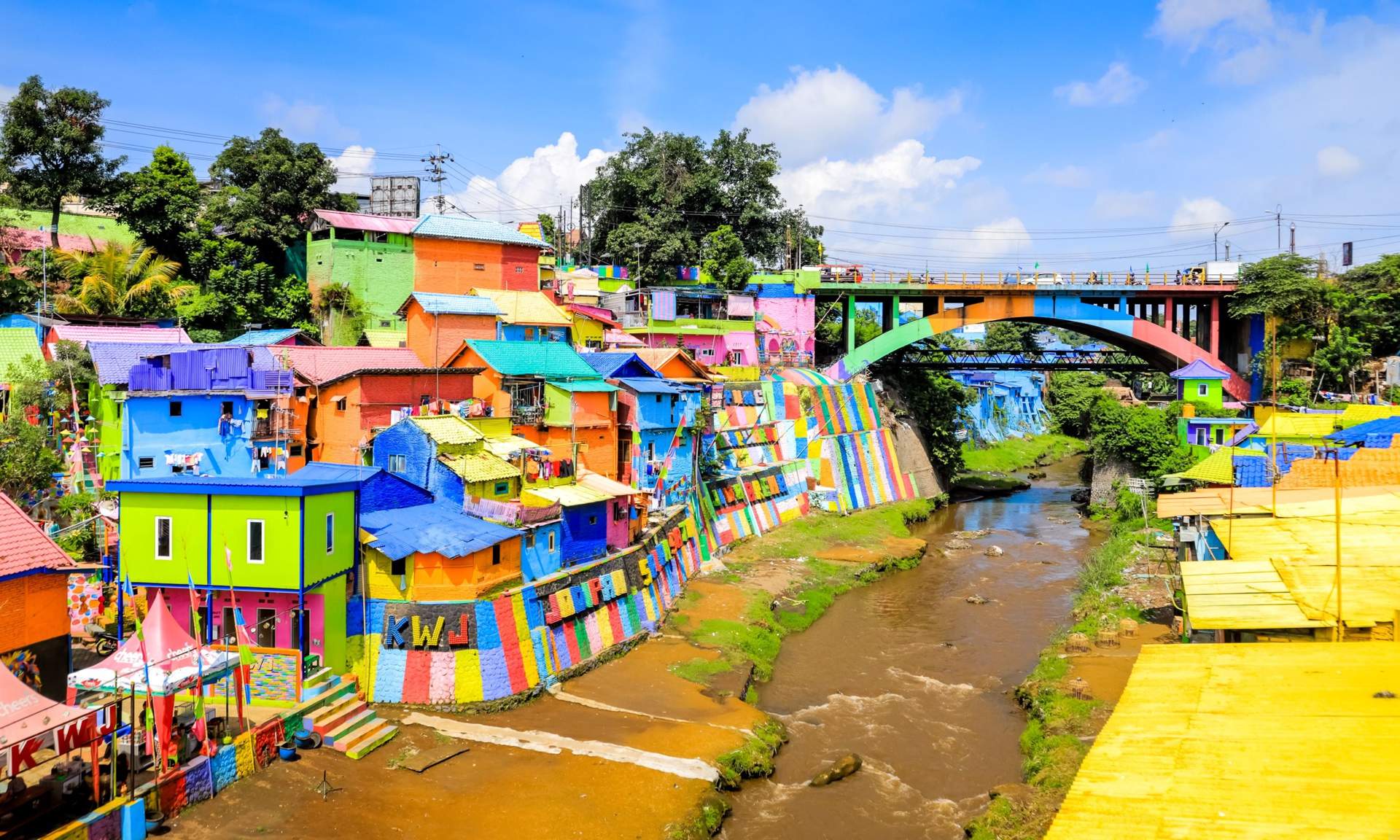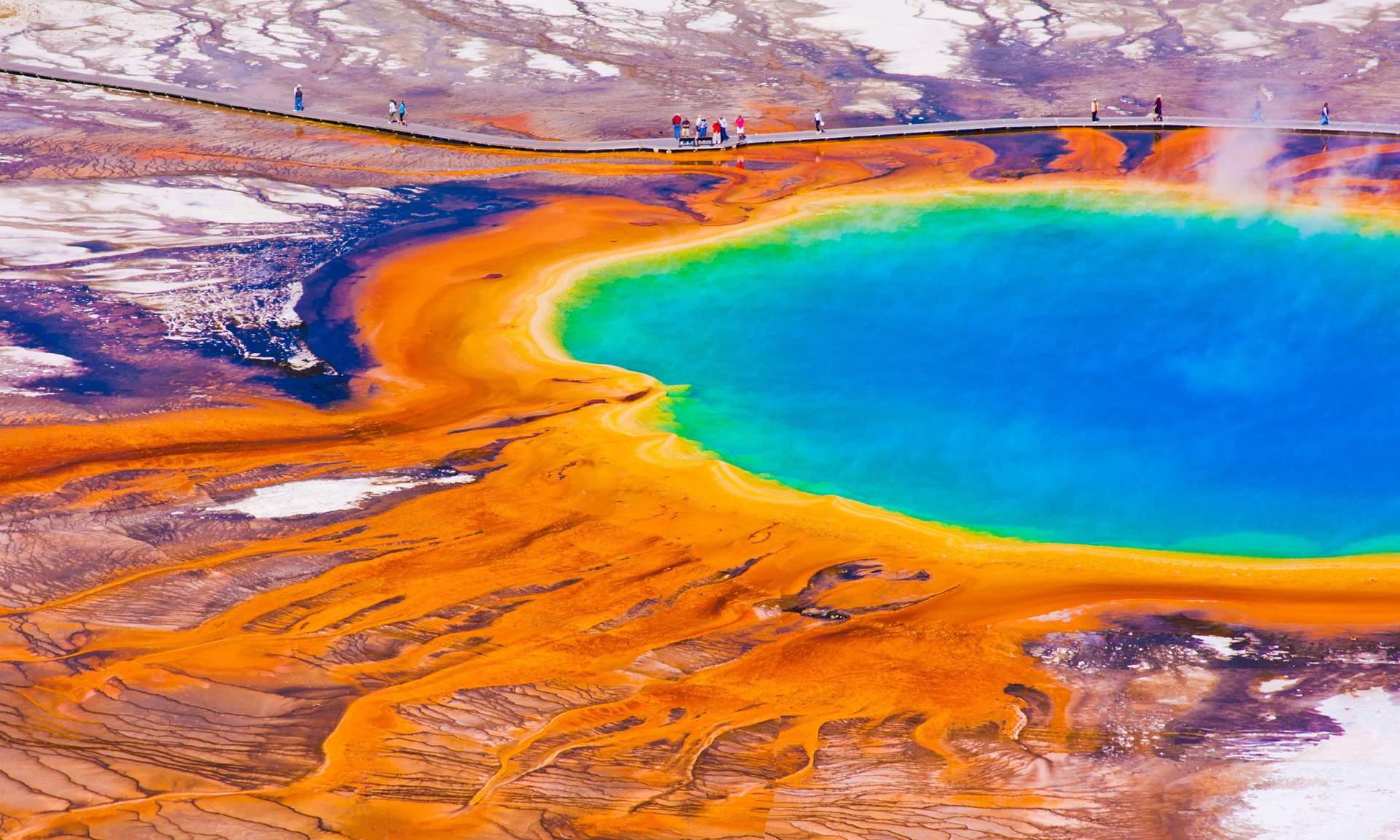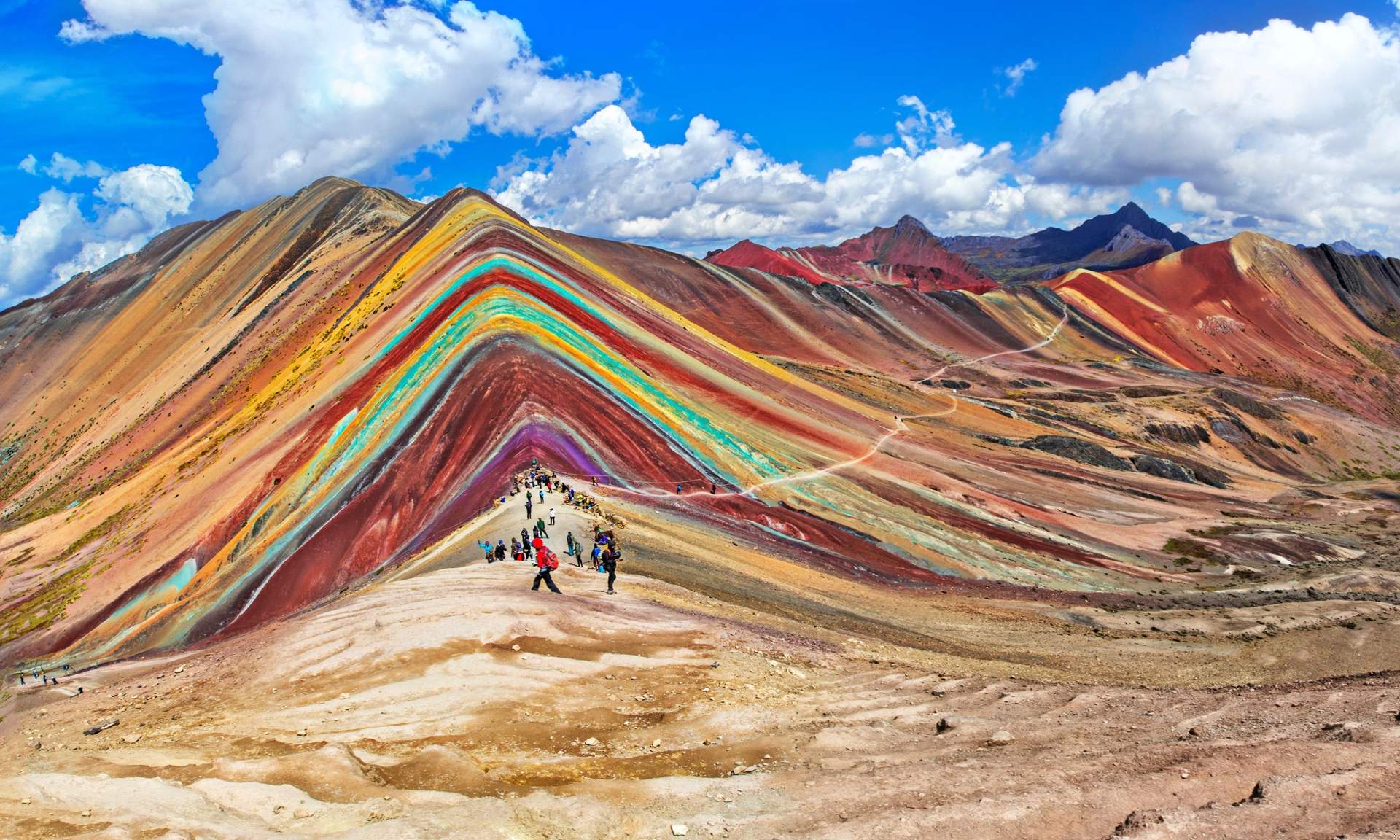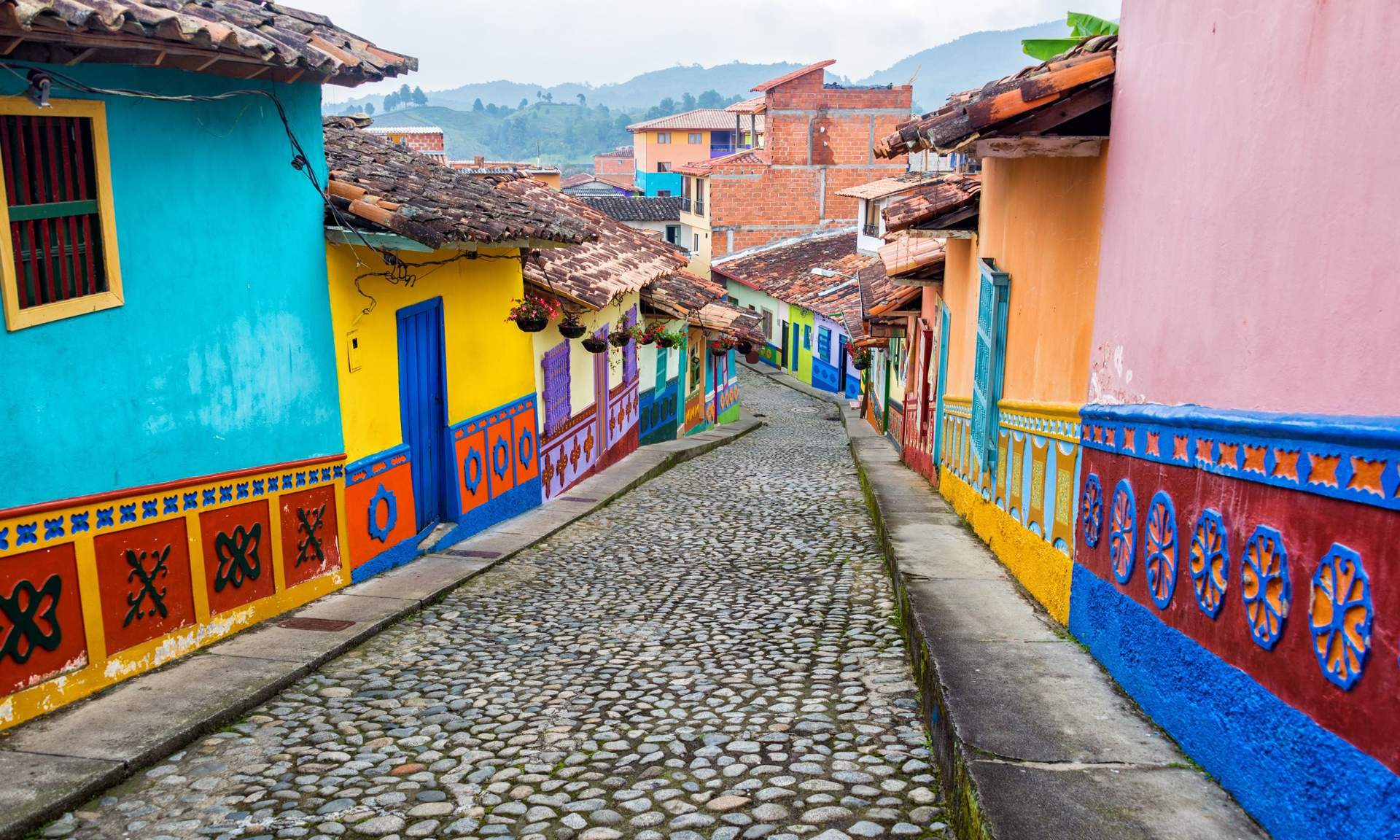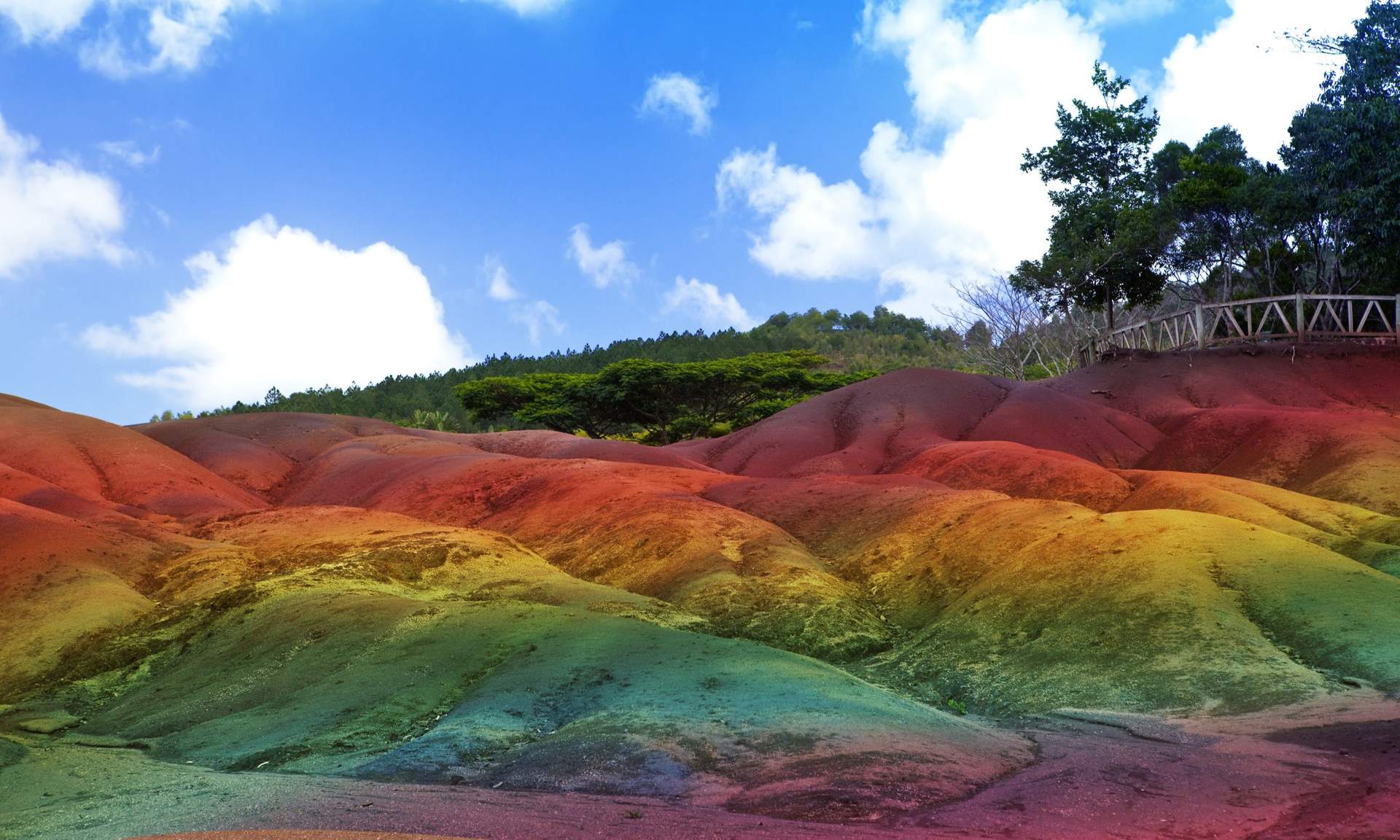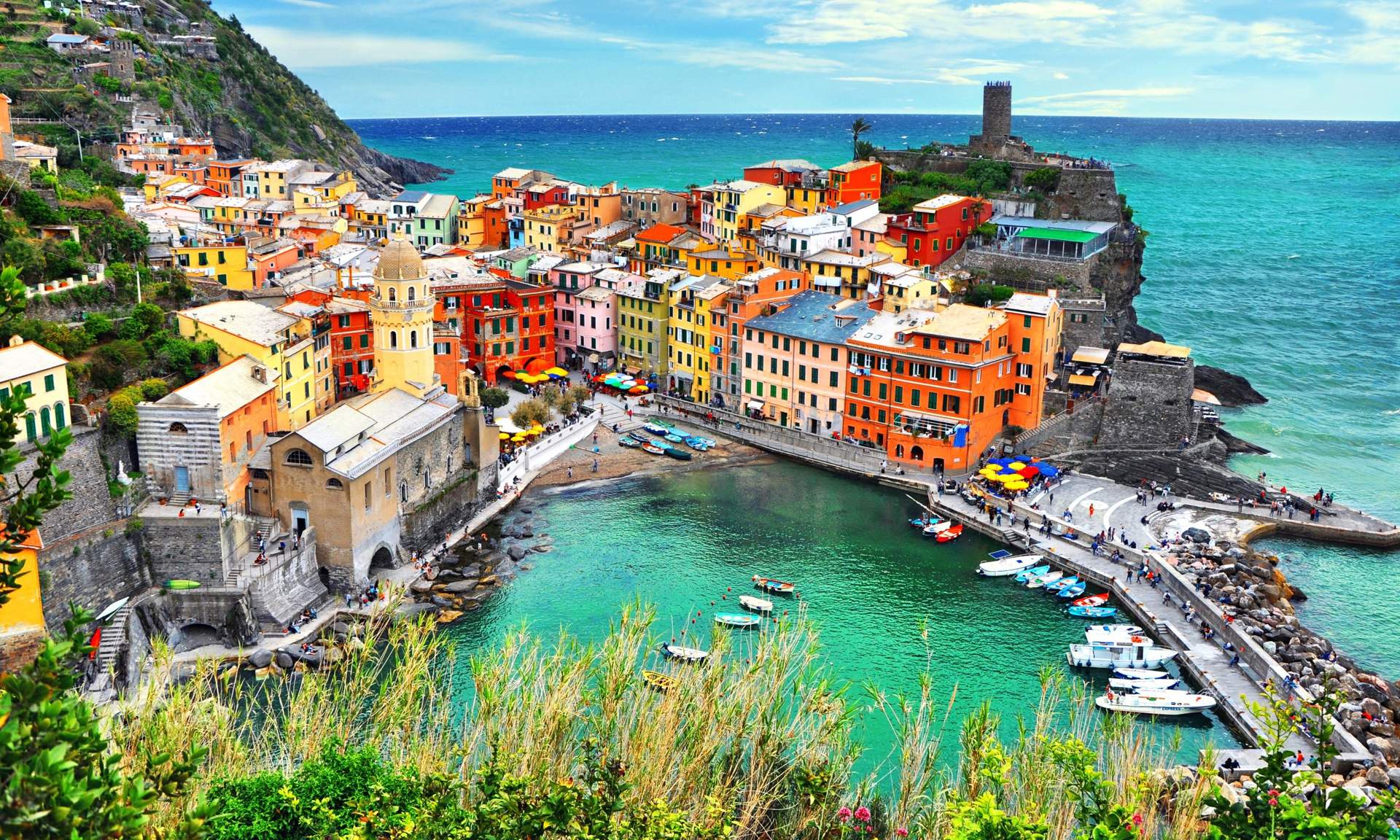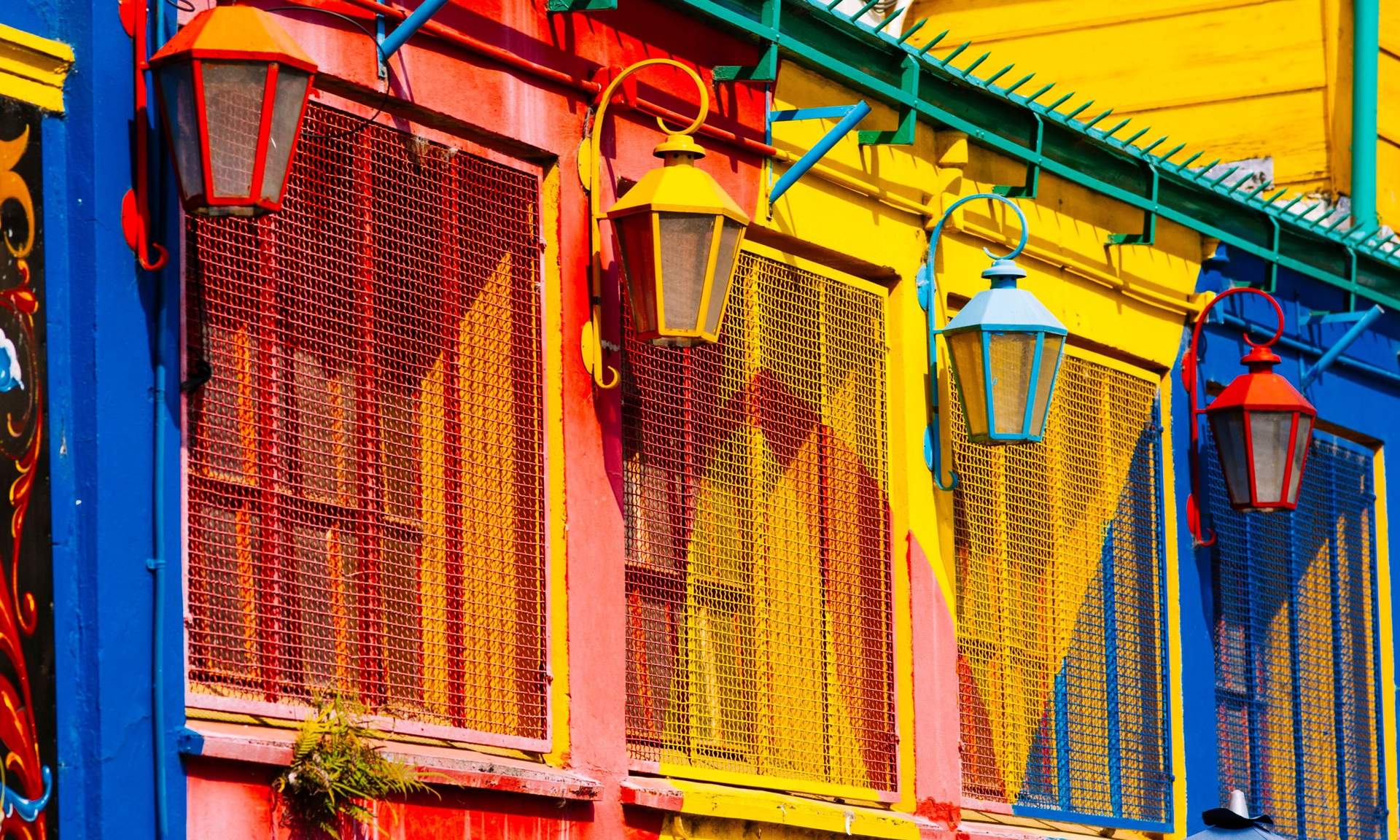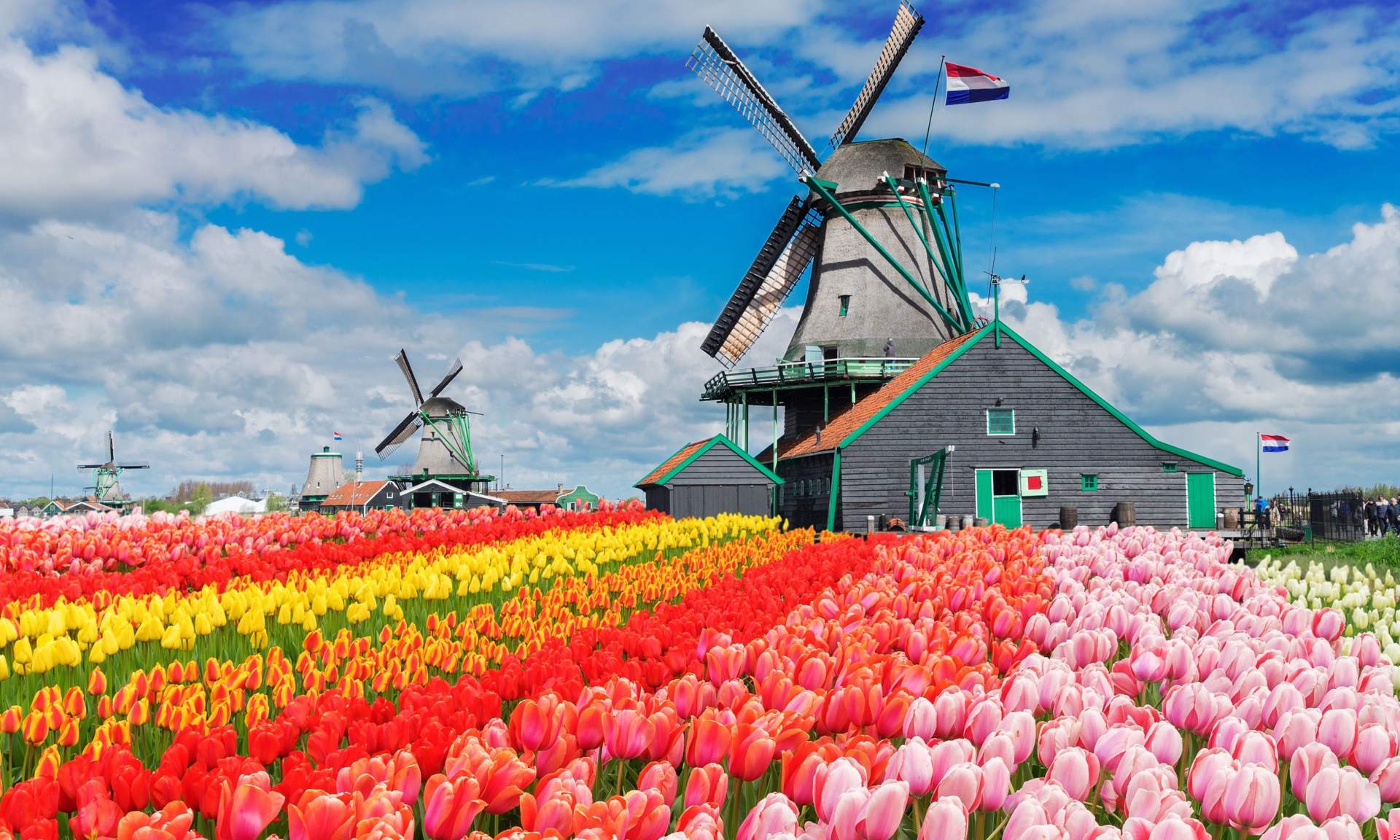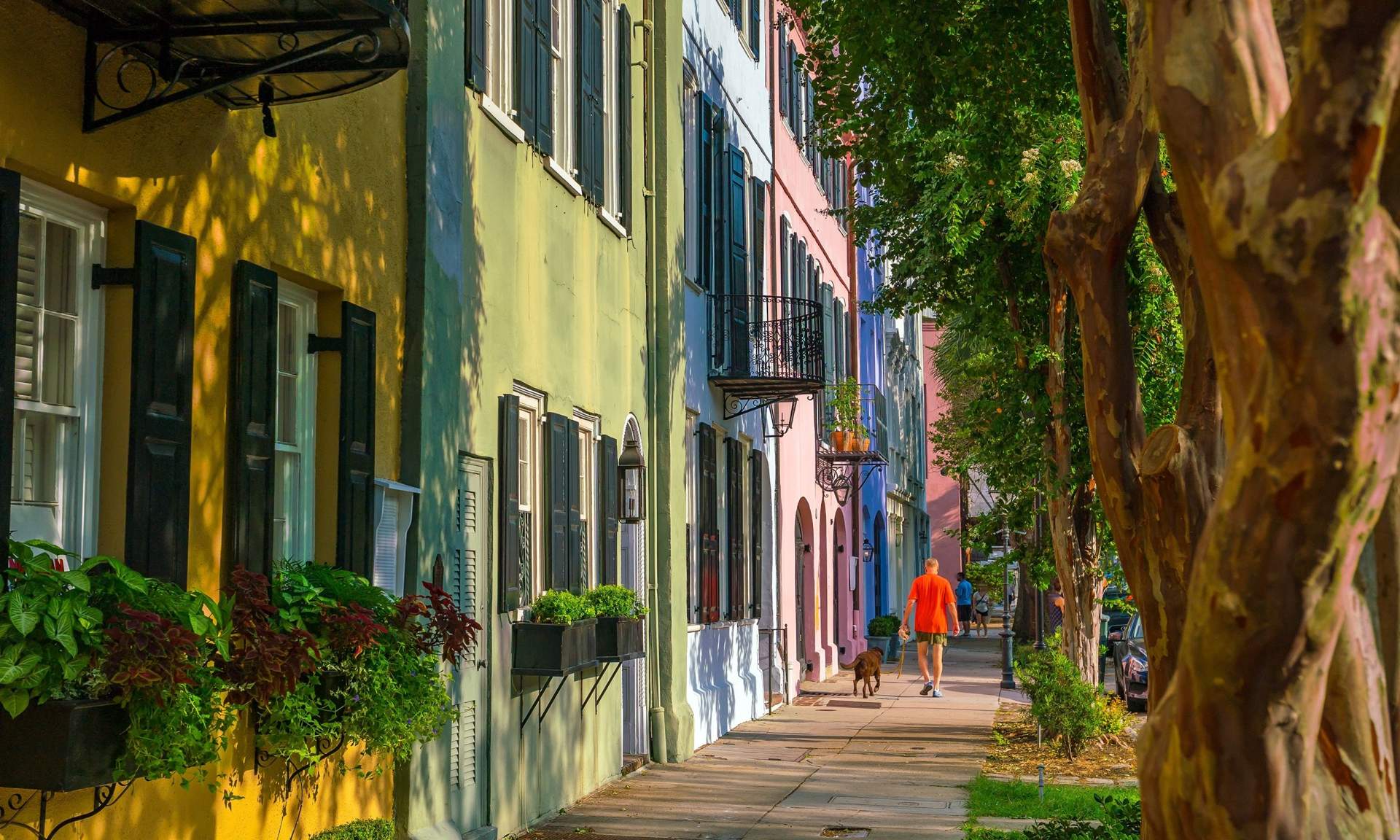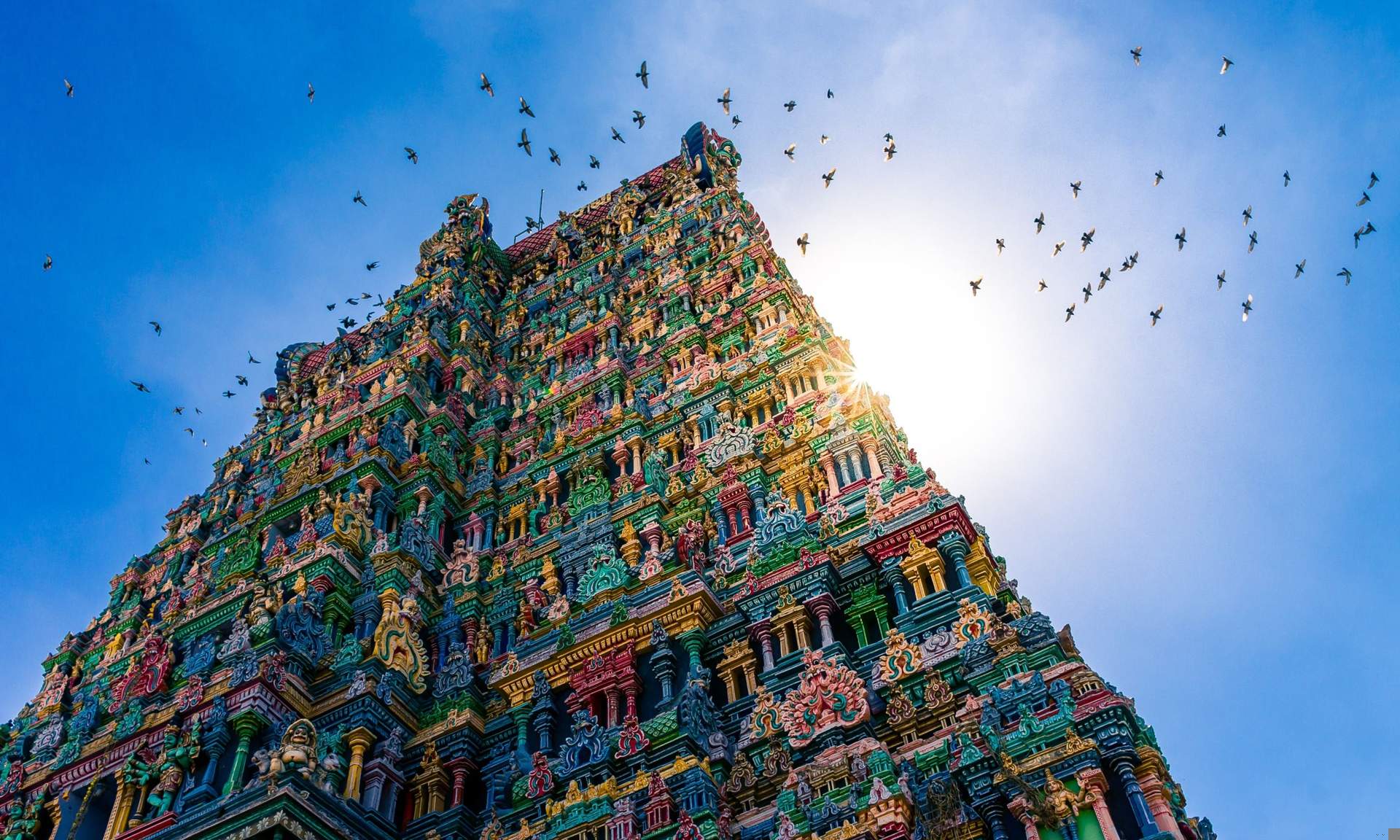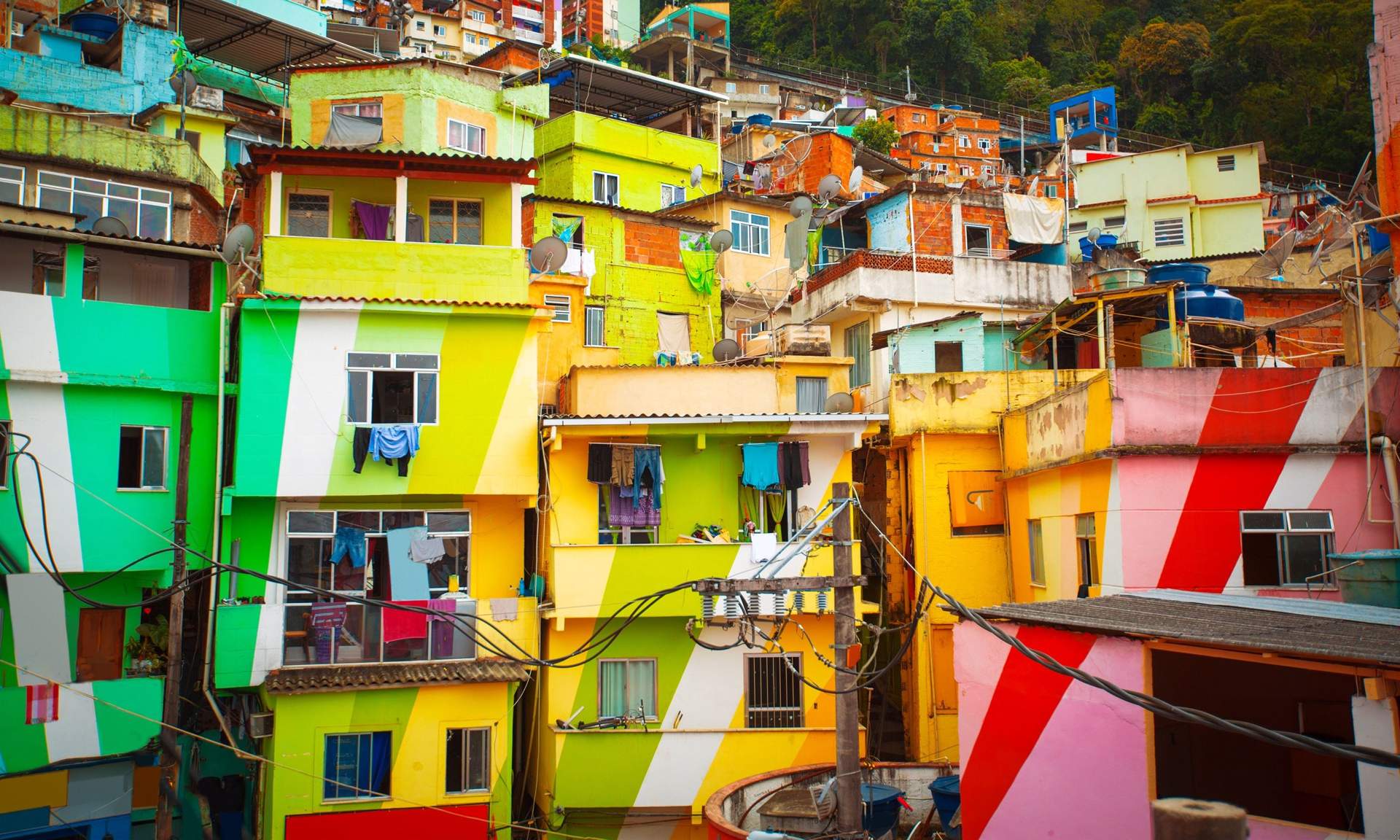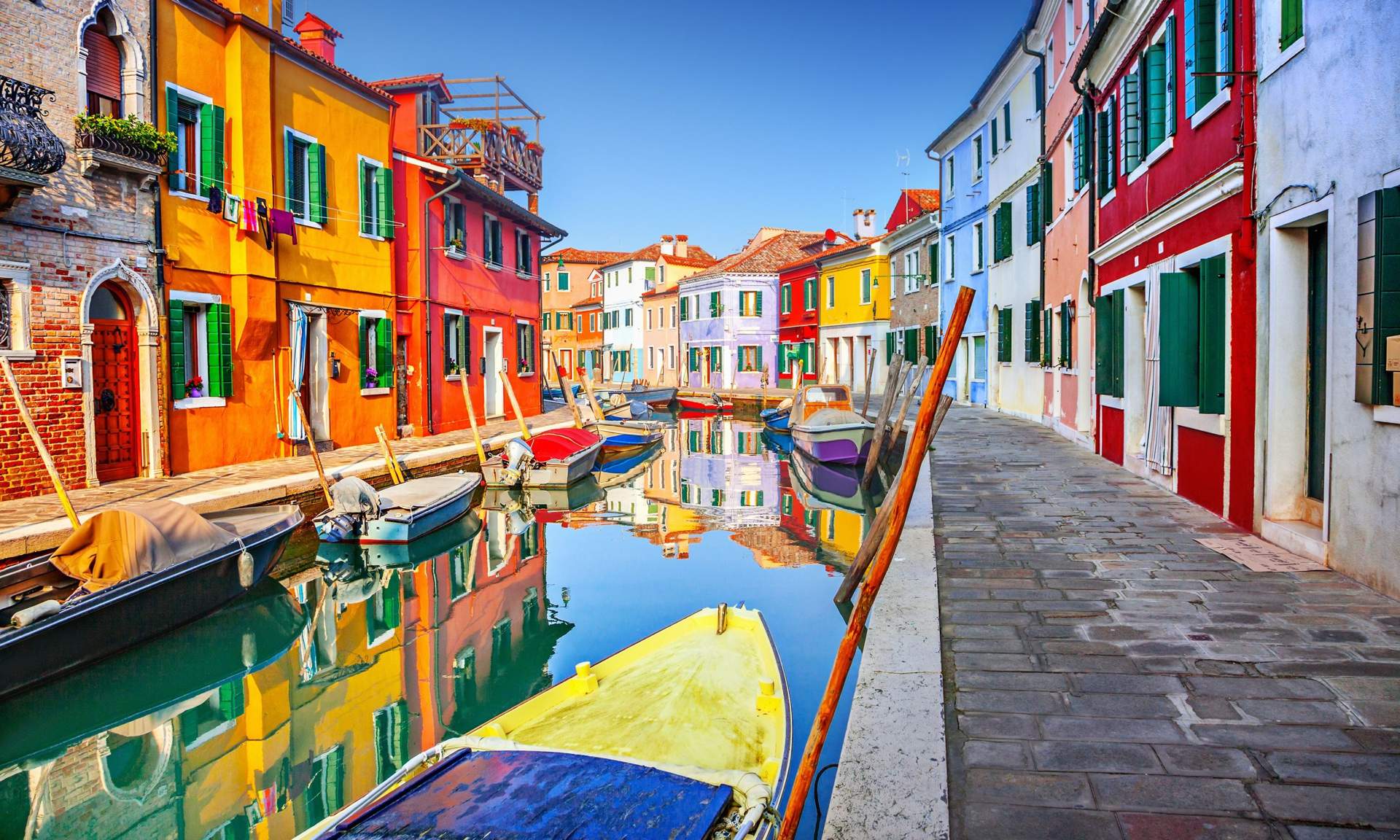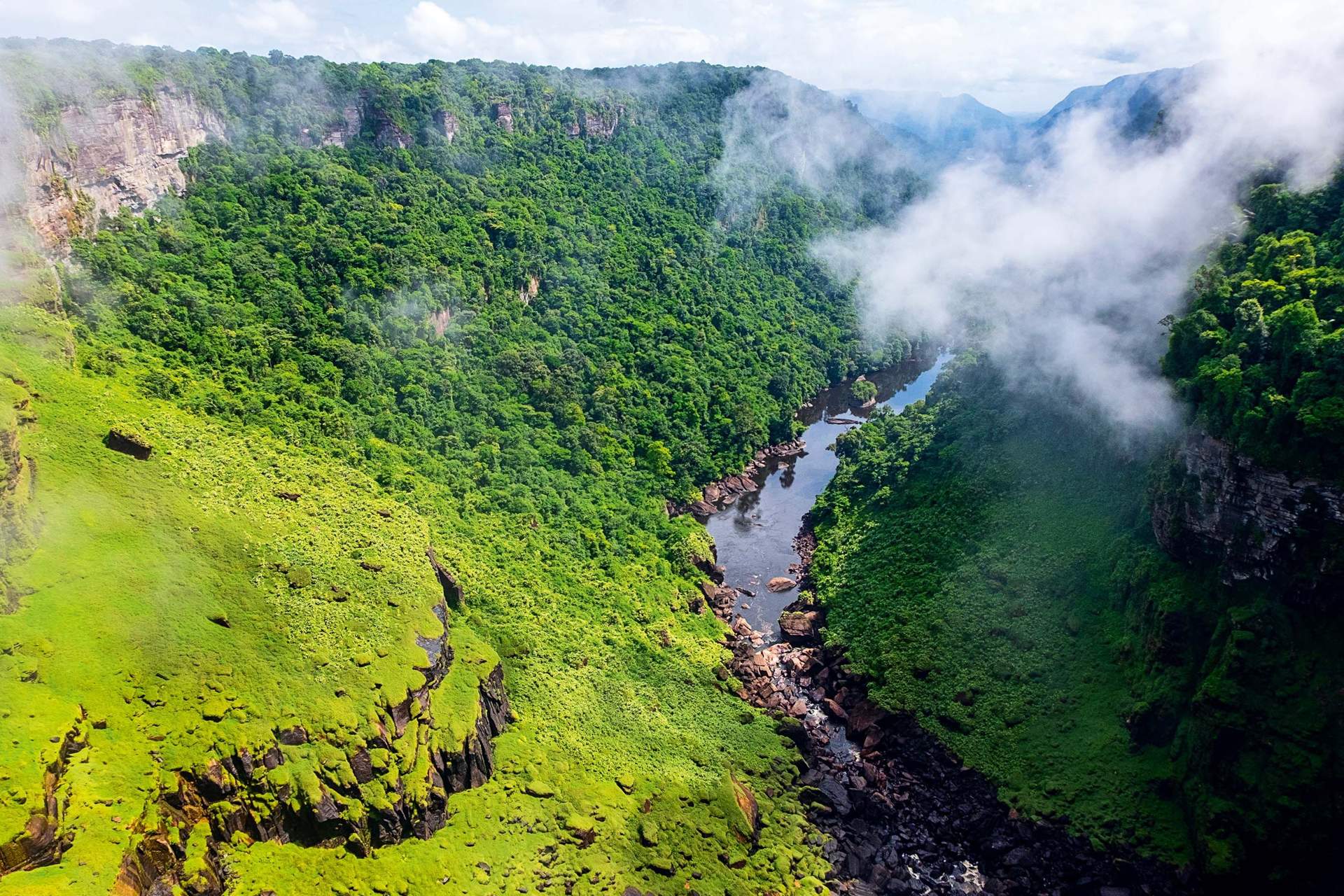When it comes to top travel experiences, bring on October. Golden leaves, reduced fares, empty trails and some of the world’s most spectacularly colourful festivals beckon.
Whether you’re looking to add on an extra layer or jet off in search of the last dregs of summer, we’re sure you’ll find something inspiring in our selection.
If you want to see the full list, keep scrolling. If you know your travel style, click to your chosen section using one of these handy links:
Here are 23 of the best places to visit in October…
1. Albuquerque, New Mexico

Hot air balloons launching at the Albuquerque International Balloon Fiesta (Shutterstock)
For nine days in October, part of the Rio Grande Valley is transformed into dreamscape, thanks to the Albuquerque International Balloon Fiesta – the largest hot air balloon festival in the world.
From dawn until dusk, balloons of all shapes and colours fill the sky as festival-goers’ necks crane in amazement. The most popular event is the Special Shape Rodeo, during which animals, rockets and spacemen (not real ones) take to the sky.
2. Fiji

Fijian women performing a traditional Make dance (Shutterstock)
Fiji’s National Day is 10 October. In the week leading up to it, Fiji celebrates its cessation from the British empire, and the nation’s vast ethnic diversity. The run-up is packed with religious and cultural events, and culminates in a large military parade with canon blasts.
On the day itself, Fijians reenact the signing of the Deed of Cessation in period costume from 1874, and hear speeches from the president and others. For a glimpse of the different religions and cultures that make up Fiji’s vibrant tapestry, plan your visit around this week.
This is a good time to visit Fiji for more than the festival. The islands enjoy a nice climate this time of year.
3. Berlin, Germany

Berlin Cathedral illuminated during the festival (Shutterstock)
If you’re looking for an excuse to visit Berlin (aren’t we all?), then why not go for the Berlin Festival of Lights?
Enjoy a city break in Germany’s chic capital, while its iconic monuments in its historic streets are illuminated throughout the evening and night. The cosmopolitan city becomes a stage, using light to tell touching and emotive stories.
The festival is one of the largest light art festivals in the world, showcasing some of Germany’s brightest artists, alongside other global stars.
4. Austin, Texas

Austin City Limits Festival in Zilker Metropolitan Park (Shutterstock)
Head to Zilker Park in Austin, Texas for one of the world’s legendary music festivals: Austin City Limits.
Every year, over 400,000 people descend on the park to attend this iconic festival, offering a wide variety of musical genres: from blues and rock n’ roll to folk and hip-hop.
For many revellers, the food line-up is as eagerly anticipated as the tunes. Austin is a city known for good food, and festival-goers can expect a bounty of Texan classics. Grab a bratwurst from Austin institution Scholz Garten, or some organic Texas meats from Ranch Hand.
Read next: Best places to visit in January
5. Dublin, Ireland

Ha Penny Bridge, Dublin (Shutterstock)
The Emerald Isle has long been home to novelists, poets and songwriters. Joyce, Yeats, Wilde and Beckett all called Ireland home, as well as songwriters Van Morrison, Phil Lynott and Bono. Both the Republic’s capital and largest city, Dublin has been a cultural hub for centuries.
The city is alive with activity in October. Kicking things off is Ireland Music Week, a music festival and conference dedicated to new Irish music.
After that, you can catch the end of the Dublin Theatre Festival, which runs from late September into October. If that wasn’t enough, there’s the Bram Stoker Festival, celebrating the spooky and supernatural at the end of the month.
October’s the month to get this city to yourself. As James Joyce writes: “Real adventures… do not happen to people who remain at home: they must be sought abroad.”
6. Alberta, Canada

Jasper Dark Sky Festival (Parks Canada & Ryan Bray/Alberta Tourism)
As the months begin to get darker in the Southern Hemisphere, the night skies get brighter. Jasper National Park in the Canadian province of Alberta takes advantage of this with its spectacular Dark Sky Festival.
The world’s second largest Dark Sky Reserve is extremely accessible thanks to a town located within it. However, little artificial light can be found within the park, making it perfect for stargazing and even spotting the aurora borealis.
Events during the festival involve drone light shows, musical performances from orchestras, science demonstrations and a selection of space experts and speakers to answer your burning questions.
The exciting event also has a strong focus on the indigenous communities who once lived here, with fireside chats with Warrior Women, a sunset ceremony and guided plant walks.
7. The Florida Keys, Florida

All dressed up for Fantasy Fest (Carol Tedesco, Florida Keys News)
The US island city of Key West bursts to life with revellers during its annual Fantasy Fest. Held every October, the festival takes on a different theme every year.
The 10-day celebration invites people to connect with their creative side by dressing up in dazzling costumes and joining in with the many events in this jam-packed festival schedule, including masquerade parties, costume competitions, live music and theatre productions.
The climax of the festival takes places on its final weekend, when thousands gather to watch Fantasy Fest’s lavish grand parade on Whitehead Street and Duval Street. Expect spectacular giant floats, exotic marching bands and plenty of colour.
Read next: Best places to stay in the Florida Keys
8. Armenia

The ancient Haghartsin monastery is located near the town of Dilijan (Shutterstock)
Armenia’s ‘Golden Autumn’ (as it’s known) stretches from late September until the end of November. It’s a time of incredible colours, with the Tavush region, in particular, erupting in wild splashes of reds and yellows. Be sure to head to Dilijan National Park, where tiny Lake Parz is encircled by a ruff of trees and trails that slink orange-tinged forests to a hilltop medieval monastery. The walk affords the perfect opportunity to soak it all in.
October is also harvest season. This means not only a bounty of fresh food to sample, but a busy time in the vineyards of one of the world
9. Hitachinaka, Japan

Kochia flowers in Hitachi Seaside Park, Hitachinaka (Shutterstock)
If you’re willing to embrace autumn, rather than fight it, then travel to Japan’s Kanto region to see some spectacularly colourful leaves.
Hitachi Seaside Park, a public park in the Ibaraki Prefecture, is famous for two seasons and two flowers. In the springtime, the nemophila flower, also known as ‘baby blue eyes’, is in bloom and paints the hillside a Maya blue. The flowers’ petals obscure all grass so that, on a clear day, the hills might be a reflection of the sky.
In the autumn, the magical kochia flower is the star of the show. This spherical plant sprouts in pom poms all over the hills and turns a vivid shade of crimson.
This natural wonder is all natural, but very intentional: the park’s planners carved a winding path along the hillside and planted an abundance of Kochia flowers on either side.
10. Marrakech, Morocco

Marrakech, Morocco (Shutterstock)
If you’re after a bit of hustle and bustle, Marrakech is the place to go. If you don’t want to combat ridiculous heat on top of it, then you’re on to a winner with October.
You’ll benefit from a visit during the shoulder season. Not only are the already-busy streets less blocked with tourists, the oppressive summer heat gives way to a more reasonable climate,
The city also makes a great jumping off point for exploring Morocco’s more natural landscapes. A couple hours’ drive will take you into the Atlas Mountains, where you can enjoy autumnal hikes surrounding the town of Imlil, nestled within Tubkal Valley. Alternatively, Agafay Desert is also easy to reach and offers a variety of unique glamping experiences.
Read next: The best things to do in Marrakech
11. Finland

Experience ruska in Finland (Shutterstock)
Up in Finland, they use the word ‘ruska’ to describe the period when the trees start to turn and autumnal colours paint the forests. It’s the Finnish take on the Japanese hanami, as locals escape into the outdoors for that brief period between the long days of summer and the endless night of winter, before the snows come and temperatures plummet.
As a general rule, ruska spreads north to south, with the forests of the Arctic turning in mid-September, while those further south change weeks later, at the start of October. The red maples and golden birch make for bracing companions on a ruskaretki (autumnal walk), with Lapland’s fells around the Saami village of Kilpisjärvi proving particularly popular. To the south, try exploring the Tiilijärvi Lakes Trail in Hollola, which loops around three lakes, some marshes and a hazelnut grove.
12. Ethiopia

The rock-cut churches of Lalibela (Shutterstock)
The rains of Ethiopia’s monsoon season can continue into September, but by the following month they should all have filtered away, leaving the highlands and northern circuit a mass of pristine green baize broken only by broad flourishes of yellow meskel flowers. It’s a great time to go exploring.
Up in the north, the rock-cut churches of Lalibela need little introduction. These medieval pilgrim sites are incredible creations (an attempt to recreate Jerusalem in Ethiopia), but just as interesting are the lush and lesser-seen islands of Lake Tana, where boat trips reveal richly painted, centuries-old monasteries that are still used for worship.
When it comes to walking, treks among the Simien Mountains, home to grazing gelada baboons, are spectacular. Or head south to the central Bale Mountains, where verdant slopes wrapped by low-hanging mists hide rare sightings of the Ethiopian wolf.
13. Santiago de Compostela, Spain

Pilgrims walking beneath eucalyptus trees on the Camino de Santiago (Shutterstock)
The Camino de Santiago is a pilgrimage to the shrine of apostle Saint James, located in the grand Cathedral of Santiago de Compostela in north-west Spain. Pilgrims have been travelling across the region for over 1,000 years, earning certain routes UNESCO World Heritage status.
Today, the pilgrimage is embarked upon by all kinds of travellers. If not for religious reasons, for self-discovery, personal betterment, or simply the joy of walking.
You may choose your own starting point, but to receive a certificate of completion you will need to walk the last 100km of the journey, so distance is a factor. Where you begin the trek will also be influenced by your route choice. There are a number of established routes to pick from, ranging from 100km to 1,000km. The town of Pamplona is a popular starting point.
October is a good month for this adventure. Established routes will see fewer travellers, and the weather is milder this time of year, resulting in pleasant hiking conditions. It’s not quite as wise to cross the Pyrenees, though, as temperatures on the mountain range can drop below freezing in autumn.
Read next: 15 of the world’s epic walking trails
14. Rajasthan, India

Rajasthan by rail (Shutterstock)
Explore India’s largest state and ‘the land of kings’, Rajasthan, by rail. Ride the route from New Delhi to Jaisalmer, stopping off in Jaipur and Jodhpur.
As a passenger riding through this subtropical desert, you’ll traverse seemingly never-ending desert vistas, watch herds of camel pass your window, and see rural communities rarely visited by outsiders. Along the way, marvel at Jaipur’s incredible decorative walls. Enter the Pink City (old town) and explore the royal palace.
You’ll be relying on your train, so make sure you’re riding comfortably – if you can afford it. The Indian Railway sell eight classes of ticket, from unreserved third class to luxurious, air-conditioned private cabins.
Second class AC is a good compromise. While not too expensive by western rail standards, this class allows the ability to book curtained sleeping bunks, complete with sheets and pillows. This is by no means a luxurious option, but it is a semi-authentic one.
Like other arid or semi-arid destinations on this list, Rajasthan benefits from the coolness of the autumn months.
15. Chilean Patagonia

Torres del Paine National Park, Chile (Shutterstock)
With some of the most dramatic national parks in the world, southern Chile is home to snow-capped blue mountains, lunar-like surfaces, yellow grasslands, cyan glaciers, majestic rivers, cascading waterfalls and more.
October marks the middle of Chile’s spring, on the cusp of Patagonia’s tourist season. Torres del Paine is one of the nation’s busiest parks, but with good reason.
The park is a beautiful display of Chilean Patagonia’s landscape, built around the Cordillera Paine mountain range. Brave the spring’s colder climate to enjoy this park without the crowds, before moving on to the lesser known parks.
16. Guangxi and Yunnan Provinces, China

A fisherman in Guangxi (Shutterstock)
You could spend a lifetime exploring each and every corner of China. So, if you’re planning an October visit, take advantage of the dry season in the Guangxi and Yunnan provinces.
South-west China experiences lower temperatures and much less rainfall from October onwards, making it a perfect time to visit these mountainous, rural regions.
Guangxi is known for its expansive caves, winding rivers and surreal karst formations. The Reed Flute Cave near Guilin, an ancient limestone cave famed for its vast quantity of stalactites and stalagmites, is well worth a visit. Yunnan is home to valleys like the Tiger Leaping Gorge, utterly magical to hike and explore.
17. Queensland, Australia

Brisbane, Australia (Shutterstock)
For a longer, more adventurous trip, fly to Brisbane in Queensland, Australia and work your way up the coast to Cairns in the north of the country.
Chase the sun along Queensland’s tropical west coast and enjoy the vibrant cities, diverse wildlife and picturesque beaches. This is not the hot, dusty Australia many of us think of: Queensland encompasses tropical, subtropical and equatorial climate zones.
October is a comfortable month in this part of the country with balmy days and cool nights. The sea is warm and perfect for water sports. As well as diving in the Great Barrier Reef, try kayaking and paddle-boarding – it should be easy to rent equipment up and down the coast.
While shorts and tees are acceptable, pack a light jacket and a pair of trousers. After a long, slow day on a sun-kissed beach, a loose pair of jeans will allow you to explore Queensland’s cities comfortably in the evening breeze.
18. Madagascar

Lemur Catta in Madagascar (Shutterstock)
December to March constitutes the rainy season in Madagascar, so your best bet is to visit during the local spring months. October hits the sweet spot, just as the island is warming up.
Expect a peachy average high of 26°C and a sea temperature of 25°C. The coastal waters are bright turquoise and dead calm, perfect for snorkelling.
A large tropical island with a relatively low population density, Madagascar is home to a diverse set of wildlife. To most of the world however, the island is recognised as the home of one creature in particular: the ring-tailed lemur.
Ring-tailed lemurs give birth in September and carry their young for the first few weeks. The pups (yes, pups) cling to the hair on their mother’s backs as they scamper around the forest. If that isn’t worth seeing, we don’t know what is.
19. Sweden

A female moose in the Swedish countryside (Shutterstock)
Trek to central Sweden to spot moose! Mooses? Mice? – The Swedes call them älg.
As a nation Sweden has the highest moose population per kilometer squared, however spotting them in the wild can be exceedingly difficult. So, it’s a trip suited best to the experienced animal tracker.
There are roughly 300,000 to 400,000 moose in Sweden, depending on the time of year. They’re extensively hunted in winter, keeping the spring population around the 400,000 mark.
The end of September and beginning of October is mating season. The bulls bellow loudly to attract a mate and if successful, will breed with several cows. This is the best time to see Sweden’s national animal as the bulls’ ostentatious behaviour make them easier to locate.
If you want to hedge your bets, there’s a moose safari company offering tours, with at least one successful sighting documented every year since 2003.
Read next: What is Sweden’s friluftsliv?
20. Madhya Pradesh, India

Spot tigers at Satpura National Park (Alamy Stock Photo)
With the monsoon rains consigned to yet another year, wildlife parks all across India reopen in October, having been closed for much of the summer season (Jul–Sep). A handful typically throw open their gates in the first week, but you usually have to wait until the middle of the month for the rest to follow.
There are pros and cons to this time of year. While the fresh greenery can make wildlife sightings harder (since the tall grasses and bushes haven’t yet burnt off), the lush scenery makes for better pictures when you do spot something. With that in mind, make the most of the new growth in Madhya Pradesh’s Satpura National Park on a walking safari – the only one in India.
Even if the bigger animals (tiger, leopard, sloth bear, etc) likely prove elusive, you will still have nature to draw upon as you stroll the dense sal and teak jungles, wander riverside meadows and learn the names of flowers and trees as you explore on foot with a naturalist guide.
21. Cambodia

A Sun Bear (Shutterstock)
Encompassing the Gulf of Thailand coastline, the Mekong Delta and the Cardamom Mountains, Cambodia is home to an abundance of wildlife.
The nation is currently seeing various large-scale conservation efforts take place, after years of civil war, illegal deforestation and poaching took a significant toll on indigenous animal populations.
Tragically, the Indochinese Tiger, once native to Cambodia, is believed to be extinct, against a wider trend of tiger population decline on the Asian continent.
While a lot of its animals are endangered or on conservation lists, Cambodia is still home to many fascinating species, including the sun bear, leopard cat, river dolphin and elephant.
Make sure your trip to see them supports sustainable tourism. Koh Kong Wildlife Release Centre (in the province of the same name), for example, is in excellent choice.
The centre offers one to three day experiences, allowing you to see Cambodia’s creatures up close and personal. The centre receives rehabilitated animals that have been rescued from traffickers and poachers and release them into the wild.
22. Churchill, Manitoba

A Churchill polar bear (Shutterstock)
Touted as the polar bear capital of the world, Churchill is an extremely remote town situated on the Hudson Bay coast in northern mainland Canada.
There are no roads in or out of the 900-strong community, only a train that departs Winnipeg thrice weekly and takes about 48 hours in total. Luckily for polar bear enthusiasts, you can fly to a nearby airport by plane or helicopter fairly regularly.
The town sees a high amount of polar bear activity thanks to its position beside the bay on the Hudson Plains. The world’s largest land predators migrate through the region when the Hudson’s ice melts in the summer. The bears return to the coast in the autumn and wait for the bay to freeze over again.
Because of the migration, Churchill’s inhabitants frequently find themselves living alongside the mammals. Stories of polar bears roaming the streets and tapping on windows are common, and allegedly, the town enforces a law against locking car doors – in case a passerby needs to escape from a rogue bear.
October is the best time to see polar bears here, as they’ve returned to the coast but are not yet able to pass through onto the ice.
While polar bears are usually solitary animals, they often group together during the wait, presenting the opportunity to see multiple bears at once. Tours operate using large, raised tundra vehicles – although you may not need to leave town to spot one.
23. Zambia

Hippos in Busanga Plains (Alamy Stock Photo)
During the wet season, heavy downpours turn the Busanga Plains, in the north of Kafue National Park, into a giant wetland that is only accessible as the floodwaters begin to recede in June.
For five months only, it offers up wild safari encounters. It’s possible to spot red lechwe bounding among the dambos (shallow wetlands), spy over 500 species of bird, catch incredible lion sightings and catch rare glimpses of cheetah in this part of Africa. It’s not dubbed the mini Serengeti for nothing.
October is the last month that the rains hold off and the camps stay open, with wildlife easier to spot among the drier bush. There aren’t an abundance of stays, but look out in particular for the nest-like pods of Chisa Busanga Camp, which are unlike anything else. You can also take hot air balloon tours over the plains just as the dawn mists are evaporating.



